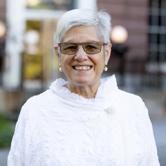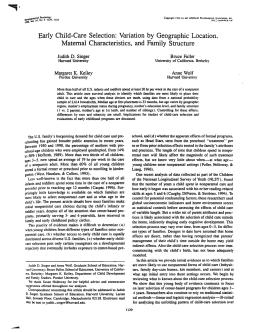Judith D. Singer

Judith D. Singer is the James Bryant Conant Professor of Education in the Graduate School of Education and senior vice provost for faculty development and diversity at Harvard University. An internationally recognized statistician and social scientist, her research advances quantitative methods in social, educational, and behavioral sciences, with notable contributions to multilevel modeling, survival analysis, and individual growth modeling. Singer was the first woman elected both to the National Academy of Education and as a fellow of the American Statistical Association. She has also been named a fellow of the American Educational Research Association and the Center for Advanced Study in the Behavioral Sciences. Her nomination to the National Board of Education Sciences by President Obama was confirmed by the U.S. Senate. A founding board member of the Society for Research on Educational Effectiveness, she has held several leadership roles at Harvard, including academic dean of the Harvard Graduate School of Education and acting dean. Singer earned her BA in mathematics from the State University of New York at Albany and her PhD in statistics from Harvard University.
updated 2025





